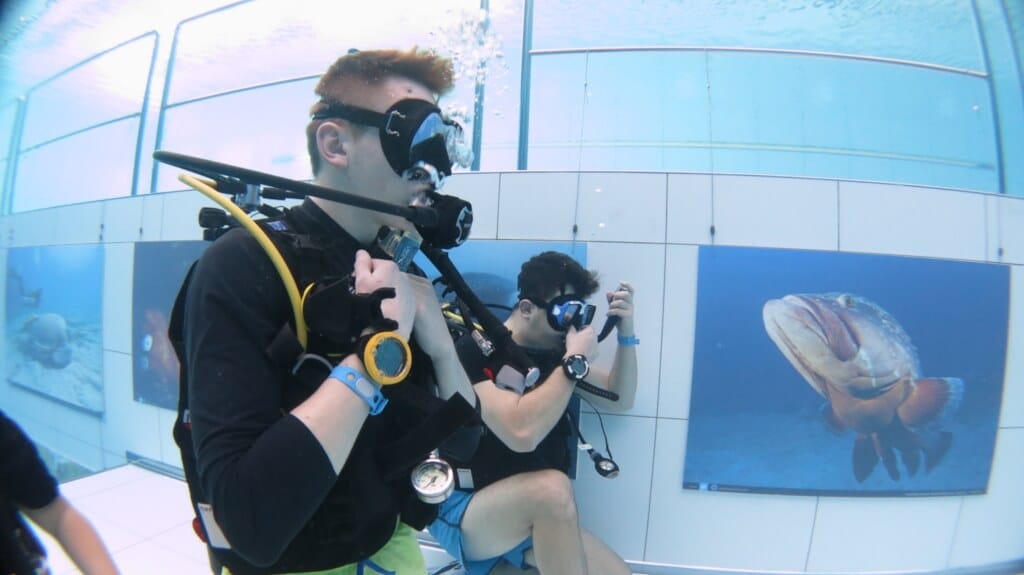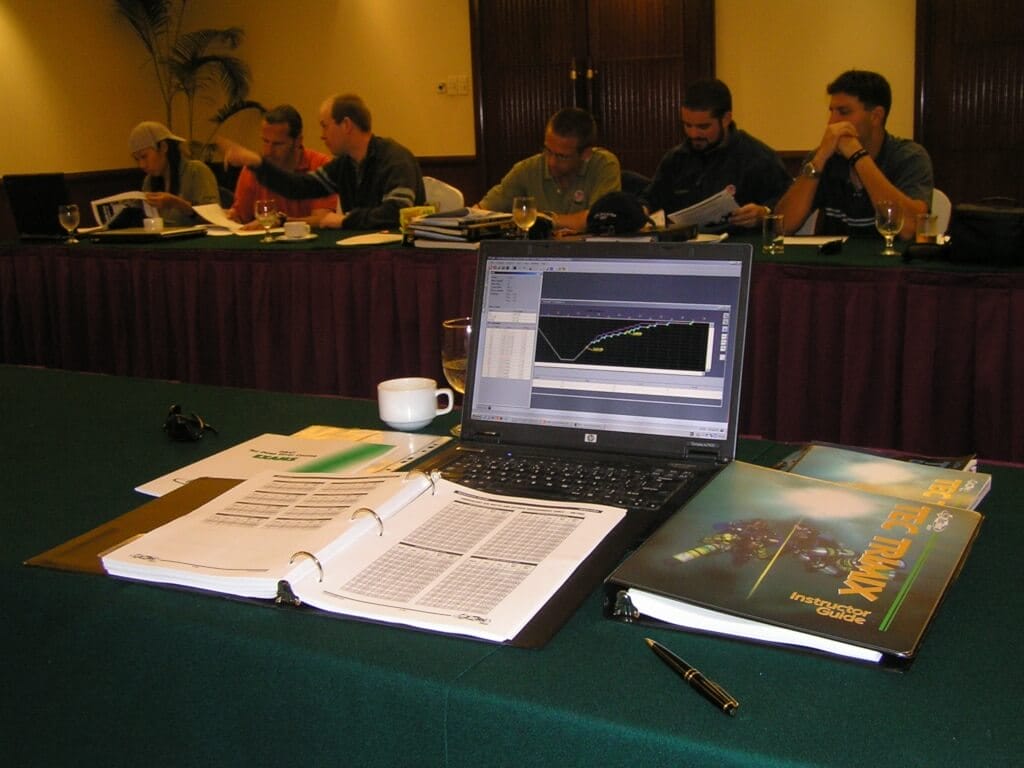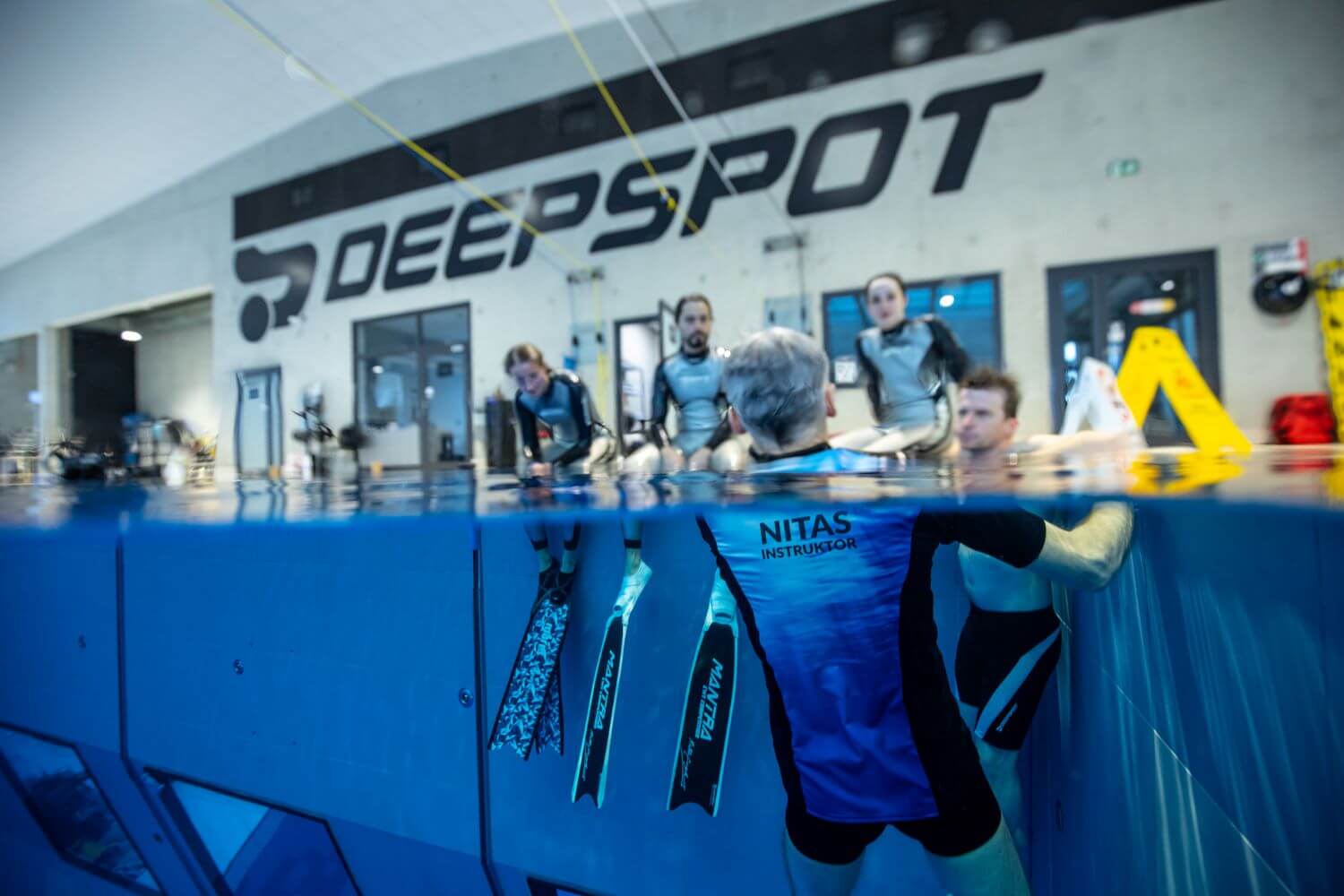- Computer
- Digital (electronic depth gauge)
- Dive Watch
- Analog wrist compass
- Compass in the console
- Compass in the computer – digital
- Pressure gauges
- With wire
- With transmitter integrated with computer
Every diver to orient himself where he is underwater needs measuring instruments. For the time being, unfortunately, underwater smart devices like Google Maps do not work because simply radio waves do not enter underwater, so unfortunately there is no way to use precise electronic navigation.

Depth Gauge/Watch/Computer
The first divers used watches to measure dive time and depth gauges when diving first. Until now, dive watches are also considered iconic in the non-diving world like Rolex watches. This basic equipment provided the ability to measure the time and depth of a dive, which was important in the days when decompression tablets were used to plan a dive. In addition, a diver needs a compass to orient himself during navigation and a pressure gauge that shows how much air we have in the cylinder, which allows us to plan the rest of the dive.
Nowadays, although precisely since the 1990s, dive computers have integrated into one device: a depth gauge and a watch and at the same time tables for planning dives – decompression tables. Some computers also have an integrated compass and a pressure gauge with a wireless transmitter of air pressure in the cylinder.

Digitals
In addition to electronic dive computers, you may find that some divers use so-called digitaly, or digital depth gauges with time measurement, which do not have a computer capable of counting no-decompression limits or needed decompression, but show not only depth but also dive time, and can provide such parameters as average dive time or logbook record of previous dives. Some divers find these types of devices more reliable than typical computers – they just like to count the needed decompression or plan the time for a non-decompression dive themselves.
Such planning is done using the appropriate programs on a typical laptop. With the right software based on decompression models, a diver can plan the time and depth of a dive and then execute the dive plan based on just electronic depth gauges with time measurement, i.e. on the Digits.
However, just as electronic maps and planners have actually supplanted paper car maps similarly, fully automated dive computers have actually supplanted the use of dive tables and a device to only measure dive time and depth
A part of divers, for often sentimental reasons, continue to use dive watches more for use on the surface than underwater. Underwater, however, dive computers have supplanted watches and charts because of their convenience. Some manufacturers have built dive computers small enough to fit into device cases the size of a typical watch, and these types of watch computers give you the ability to use them as a watch on a daily basis and underwater they become computers.

In the console or on your hand?
Divers diving clear waters where we rarely need to check instruments more often have instruments such as a computer or compass integrated into a single console with a pressure gauge suspended somewhere near the equipment. Divers diving in lower visibility conditions who need to check the instruments more often usually have the instruments separately fastened on their hands just like we fasten a watch.
On a belt or on rubber bands?
Typically, the instruments are attached to the forearm/wrist with a strap, although due to the fact that thick wetsuits or dry suits are a bit more difficult to place, for example, the compass in the axis of the body (which is needed for precise navigation), so people diving in such suits, that is often in cold water, move the compasses from the wrist to the hand attaching the compass with special rubbers. The fashion for such use of rubber bands instead of packs has moved to other instruments like computers.
Analog wrist compass
The compasses that divers use are most often typical analog compasses where the compass needle points north and the dial allows us to set the courses we need or predetermined bearings. Some divers also use compasses in computers these are compasses that also use a magnetic needle to determine direction but the display is electronic – on a computer screen.
Pressure gauge
A long, long time ago; in the early days of diving, automatons were not equipped with pressure gauges, so divers had to check before diving what pressure they had in the cylinder and then plan their dives very precisely, including the consumption of air at planned depths so as to finish the dive before the air in the cylinder ran out. In those days, the diver did not have an instrument that would show him in real time his air consumption. Some protection was provided by so-called reserve valves, i.e. devices on the valves of the cylinders that informed the diver that he had about 50 atmospheres of pressure left, but it was a single message only about this value.
The pressure gauges that we most often see in diving are analog gauges that are attached to the automaton through a high-pressure hose and continuously give the pressure in the cylinder. Sometimes divers also use pressure gauges that have an electronic display but so are connected to the high-pressure line running from the automat.
Transmitter
In the 1990s, transmitters, or devices that can transmit cylinder pressure information from a sensor on the first stage to a computer on the diver’s hand, appeared. These transmitters use ultrasonic waves. Radio waves do not work underwater – they are immediately attenuated by the water, so ultrasound is used to transmit information wirelessly.












